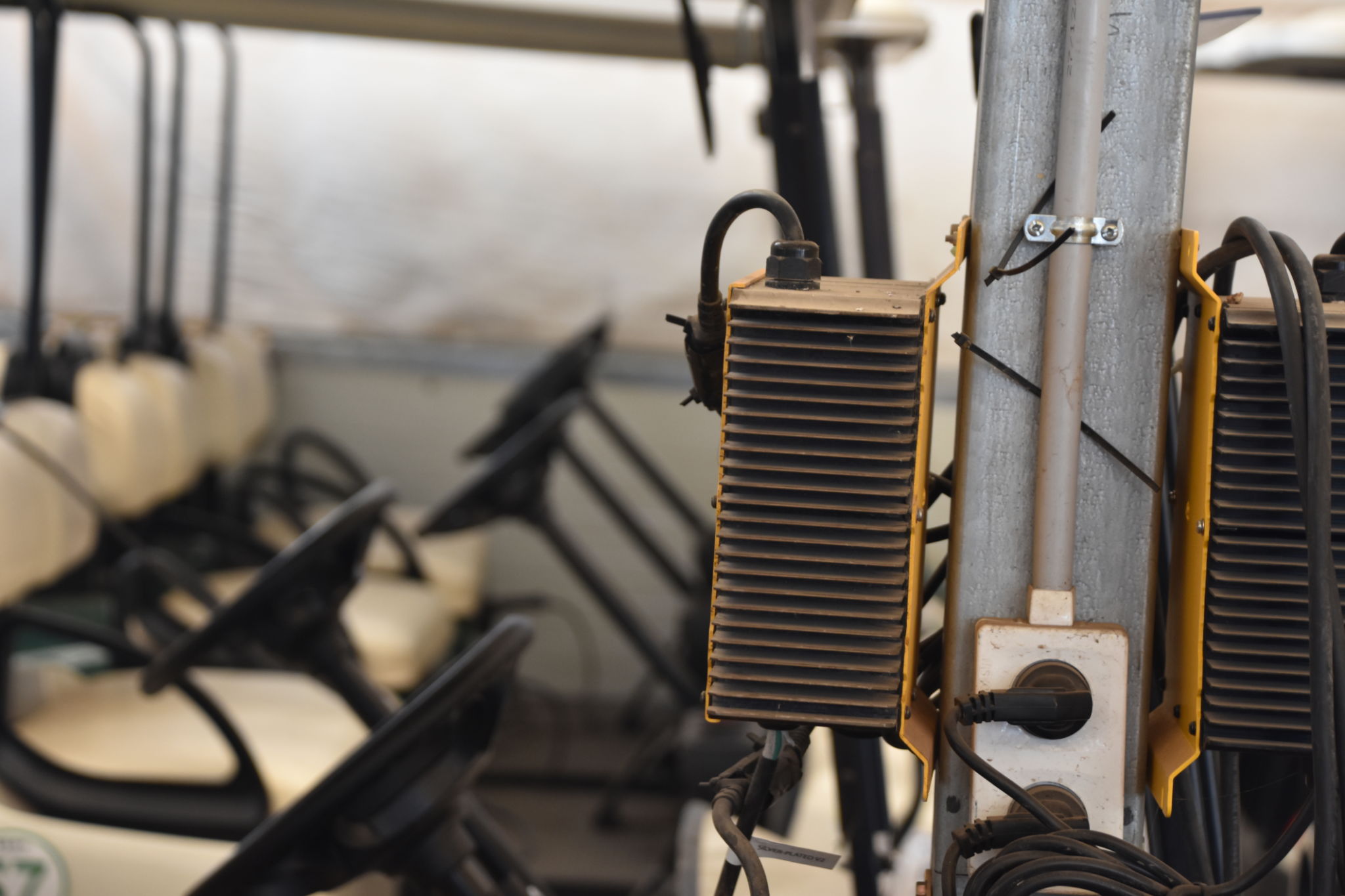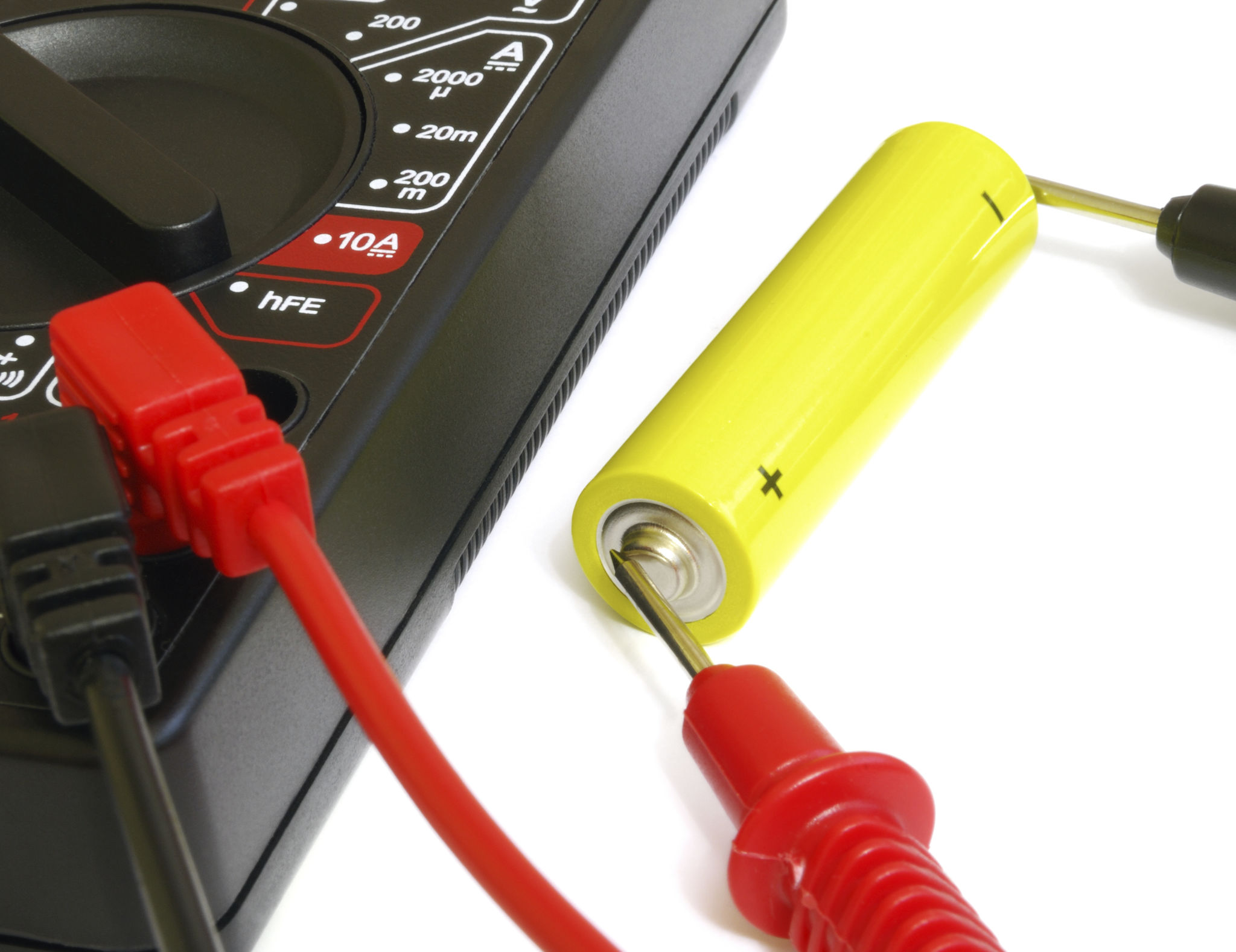Choosing the Right Battery for Your Golf Cart: A Comprehensive Guide
Understanding Your Golf Cart's Power Needs
When it comes to choosing the right battery for your golf cart, understanding your cart's specific power needs is crucial. Not all golf carts are created equal, and the battery that works for one might not be the best choice for another. Start by consulting your golf cart's manual, which should provide you with the essential details about the voltage and type of battery that's compatible with your vehicle.
Consider whether your golf cart is primarily used on the golf course, for neighborhood travel, or off-road adventures. Each of these uses might require different battery capacities and types to ensure optimal performance and longevity.

Types of Golf Cart Batteries
Golf cart batteries come in several types, each with distinct advantages. The most common are lead-acid batteries, lithium-ion batteries, and AGM (Absorbent Glass Mat) batteries. Understanding the differences between these can help you make a more informed decision.
Lead-Acid Batteries
Lead-acid batteries are the traditional choice and are often favored for their affordability. They deliver reliable power but require regular maintenance, such as checking water levels and cleaning terminals. These batteries are also heavier than their counterparts, which can affect your golf cart's performance.

Lithium-Ion Batteries
Lithium-ion batteries are gaining popularity due to their lightweight nature and minimal maintenance requirements. They offer a longer lifespan and faster charging times compared to lead-acid batteries. While they come at a higher initial cost, their efficiency and extended life can offer long-term savings.
Battery Capacity and Voltage
Another important factor in selecting the right battery is understanding the capacity and voltage your golf cart requires. Capacity is measured in ampere-hours (Ah) and indicates how long the battery can supply power before needing a recharge. A higher Ah rating means longer run times between charges.
Voltage is equally important and should match your golf cart's specifications. Most carts use either 36V or 48V systems, but checking your specific model will ensure compatibility and prevent potential damage.

Maintenance and Care
The lifespan of your golf cart battery largely depends on how well it's maintained. Regular maintenance can significantly prolong its life. For lead-acid batteries, routine checks for water levels and cleaning any corrosion from terminals are essential tasks.
Lithium-ion batteries, on the other hand, require less maintenance but should still be checked periodically for any signs of wear or damage. Keeping your battery clean and storing it properly when not in use are also key practices to maximize longevity.
Environmental Considerations
When choosing a battery, it's important to consider the environmental impact. Lead-acid batteries can be recycled but need proper disposal due to their toxic components. Lithium-ion batteries are more eco-friendly but still require responsible recycling to minimize environmental harm.

Cost vs. Performance
Finally, weigh the cost against the performance benefits of each battery type. While lithium-ion batteries may have a higher upfront cost, their performance efficiency, and longer lifespan could make them a more economical choice in the long run.
Consider how often you use your golf cart and your budget constraints to decide which battery offers you the best value for money.